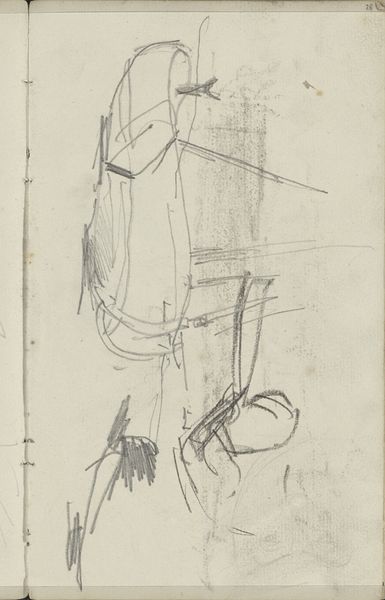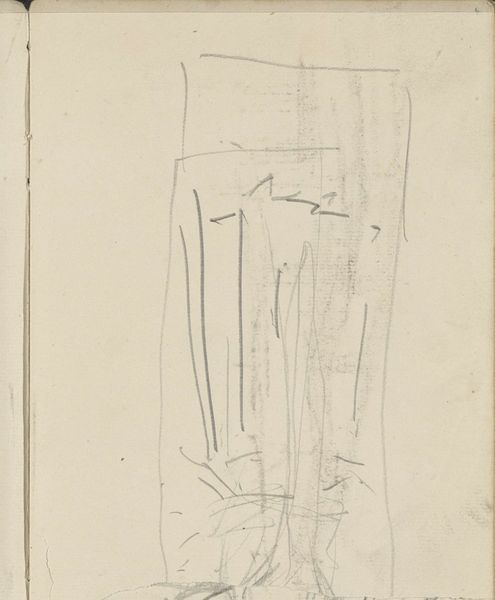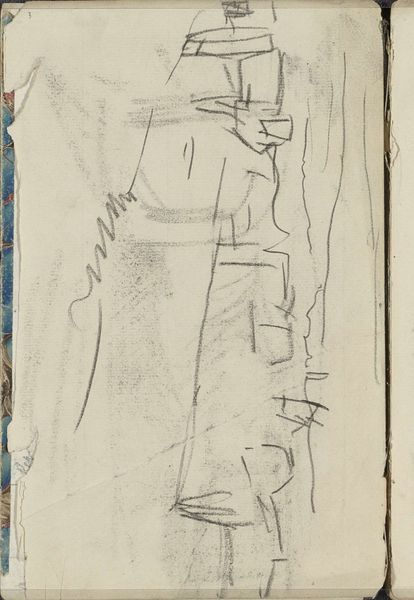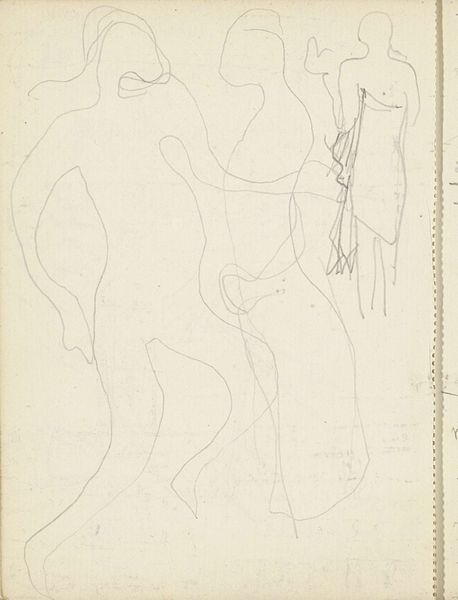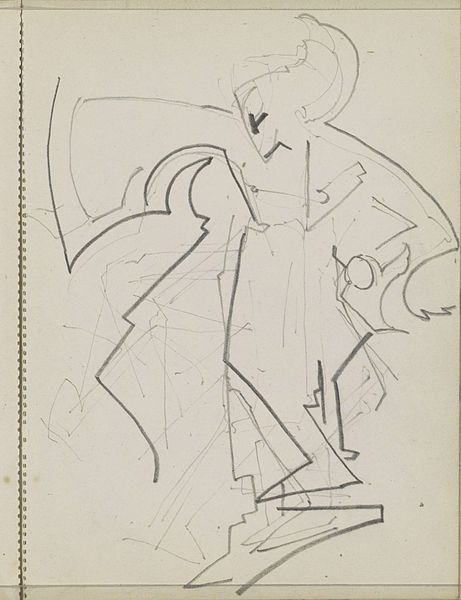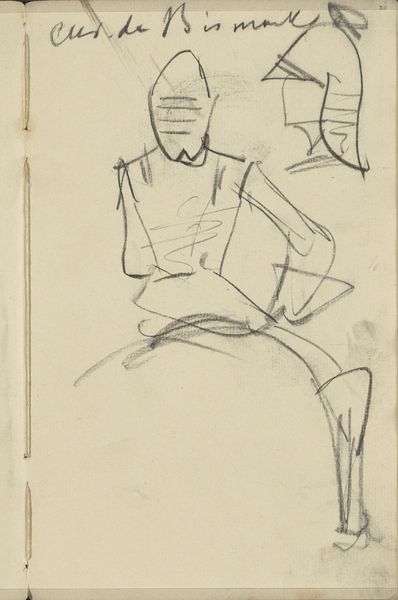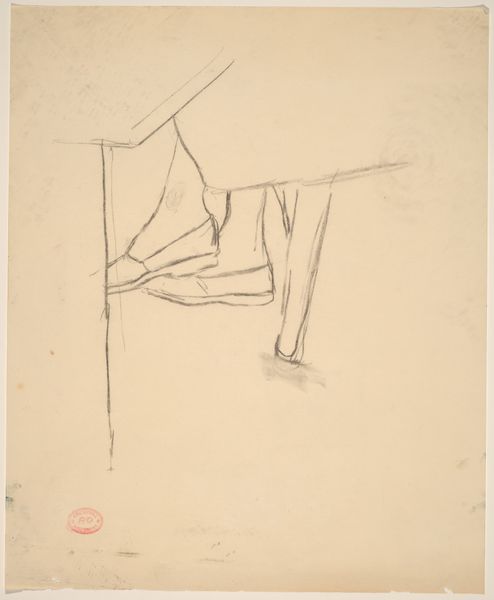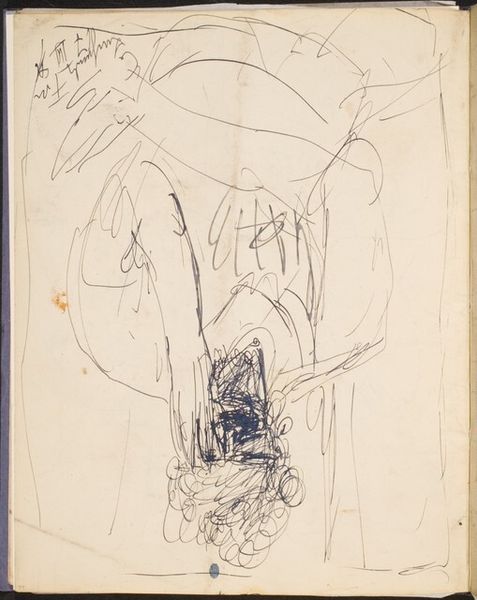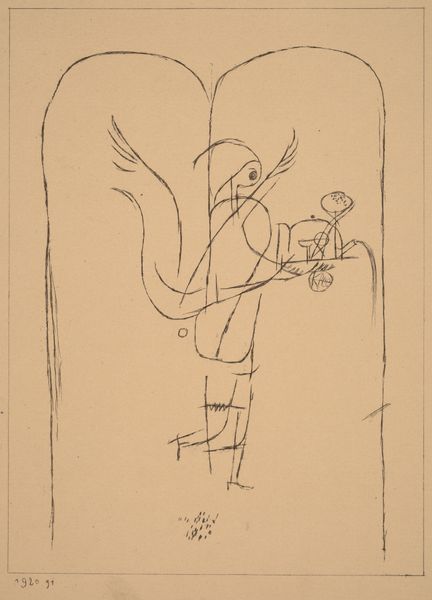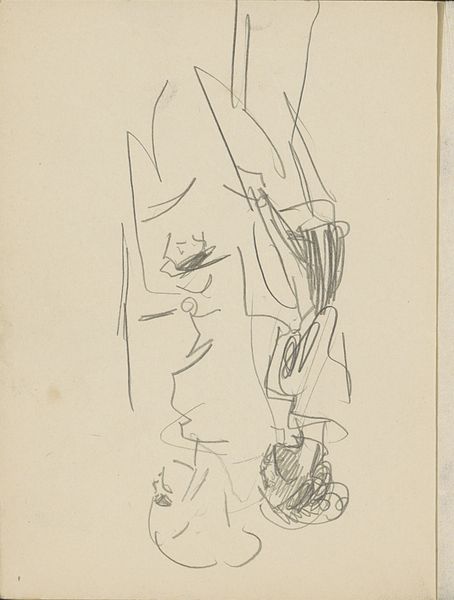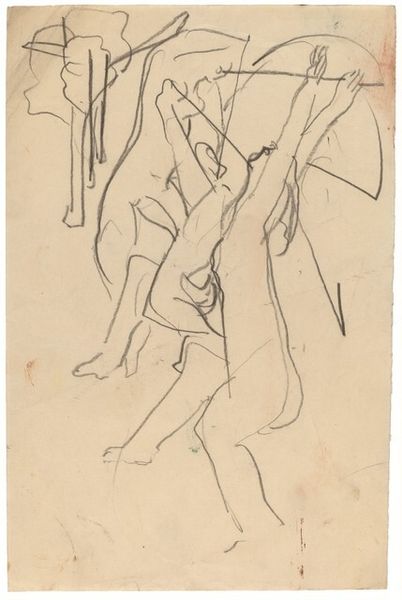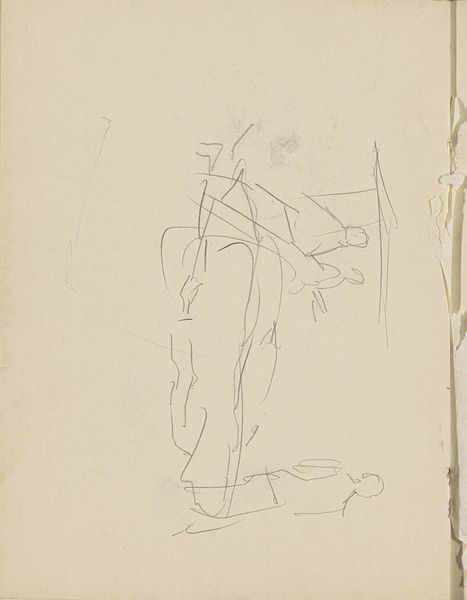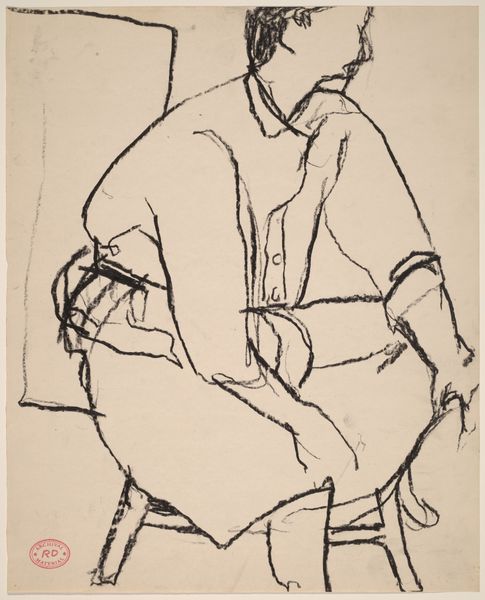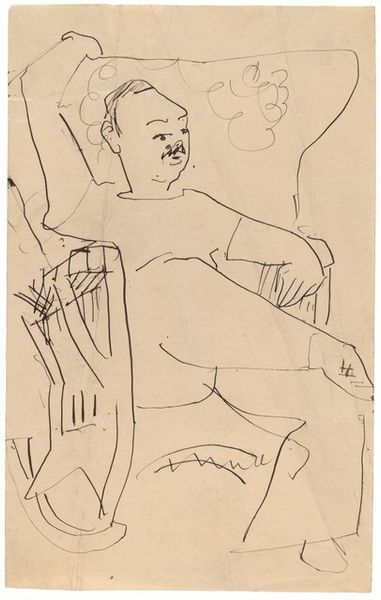
drawing, pencil
#
portrait
#
drawing
#
figuration
#
pencil
#
expressionism
#
nude
Dimensions: sheet: 52.5 × 39 cm (20 11/16 × 15 3/8 in.)
Copyright: National Gallery of Art: CC0 1.0
Editor: Here we have Ernst Ludwig Kirchner's "Girl Before a Mirror," a pencil drawing created around 1912 or 1913. The sketchiness almost feels voyeuristic, like we're catching a glimpse of a private moment. What's your interpretation of this work? Curator: This drawing offers a powerful commentary on the evolving role of women in pre-WWI Germany, caught between traditional expectations and the burgeoning possibilities of modern life. The Expressionists were intensely interested in representing raw emotion and subjective experience, especially during a period of immense social upheaval. Consider the distorted lines – how do they reflect a fracturing of identity for women confronting new social freedoms alongside persistent patriarchal constraints? Editor: That's a fascinating point. I hadn't considered the broader societal context, just the immediate imagery. So, you're suggesting the mirror isn't just about vanity but about a deeper crisis of self? Curator: Exactly. Mirrors are potent symbols – reflecting not just physical appearance but also inner turmoil. Think about the fragmented self presented through the Expressionist lens, mirroring perhaps a society struggling to define its own moral compass. What does it mean to "see" oneself in a rapidly changing world, especially as a woman navigating prescribed gender roles? How might Kirchner be using this scene to critique those expectations? Editor: It definitely gives me a lot to think about, and it makes the work feel much more complex than just a simple portrait. Curator: Indeed. By situating Kirchner's work within these social and philosophical currents, we gain deeper insight into not only the drawing but also the anxieties and aspirations of an era. These fleeting images on paper captured potent emotions linked to women's liberation in those years. Editor: I appreciate how you’ve placed it within such a rich cultural context; it really brings the work to life! Curator: And, hopefully, inspires further reflection on the intersections of art, gender, and history.
Comments
No comments
Be the first to comment and join the conversation on the ultimate creative platform.
